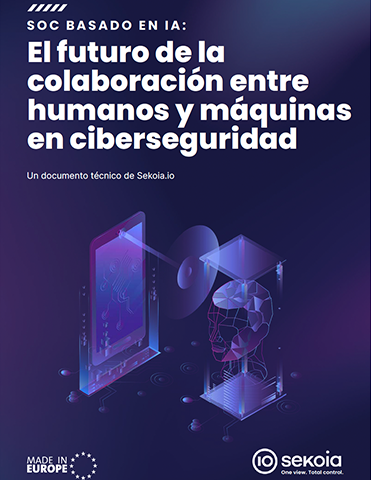Building trust in AI through visibility, governance and compliance
Sponsored by SUSE
Regulatory activity covering the development and use of AI continues apace, and as part of this trend, there is growing pressure to ensure that AI systems are not only effective but also observable, auditable and compliant by design.
The EU AI Act has already set the tone globally, with similar legislation emerging in the US and across Asia. These various frameworks are built around a risk-based model, where AI systems are assessed according to their potential for harm to individuals and society. In this context, high-risk applications, such as those used in healthcare or law enforcement, will be subject to stricter controls than their lower-risk equivalents.
Where to begin
So, where does that leave the multitude of organisations counting on the technology to define their future? For international businesses, these rules can appear fragmented and challenging to address. However, treating regulation as a compliance burden misses the point, mainly because the core requirements of transparency, data governance and human oversight are now foundational to responsible AI. In contrast, organisations that take a proactive approach are not just better prepared for legal scrutiny; they are also better positioned to build trust with customers, partners and regulators.
One of the most effective approaches is to use the strictest applicable regulation as the benchmark for all AI systems, rather than tailoring deployments to each jurisdiction. This kind of strategy not only provides a consistent baseline for compliance, it also simplifies enforcement and avoids the cost and complexity of managing multiple frameworks in parallel.
The underlying point is that by treating regulatory alignment as an opportunity to enhance accountability and governance, businesses can move beyond short-term risk mitigation and start to build long-term resilience into their AI strategies.
Observability and control underpin effective governance
Without a clear view of how AI systems are performing, what data they are using and where potential risks exist, it’s impossible to demonstrate compliance or make informed decisions. Yet many organisations still struggle to answer basic questions about their AI footprint, particularly when it comes to infrastructure, usage patterns and cost.
AI observability changes this by providing real-time insights into everything from GPU and token usage to application bottlenecks and data flow. These insights enable technical teams to fine-tune system performance while providing executives with the clarity needed to justify investments and demonstrate compliance. For any business under pressure to prove its AI systems are fair, safe and fit for purpose, this level of oversight is essential.
Observability also helps to reduce the likelihood of shadow AI taking root. By identifying where unauthorised or unmonitored tools are being used, organisations can take a more balanced approach to risk, enabling experimentation within safe parameters, supported by clear policies and sanctioned tools. When combined with internal platforms for hosting and controlling AI models, this creates a strong foundation for responsible innovation that doesn’t compromise security or regulatory obligations.
Open source and human oversight reinforce trust
Clearly, AI-related scrutiny will continue to intensify, and having the ability to explain how AI systems work and why they produce certain outcomes has become a regulatory and operational priority. Open-source technologies play a valuable role here by giving organisations greater visibility into the code, architecture and performance of their models. With source code open to inspection, organisations can audit models independently, validate how they behave and identify issues that may otherwise go unnoticed in closed, proprietary systems. This level of transparency also allows for greater customisation and control, enabling teams to adapt models to meet specific compliance or operational needs without undermining governance.
Crucially, open-source models can be deployed in secure, private environments where data flow and model behaviour remain fully under the organisation’s control. This is particularly valuable when working with sensitive or regulated data, where third-party processing introduces unnecessary risk. For many, the ability to retain full ownership of their AI workloads, while still adapting them as requirements evolve, makes open source a compelling choice for achieving both compliance and resilience.
Even with these processes in place, human oversight remains a critical part of responsible AI deployment. Whether it’s recording how models are trained, where their data comes from or logging when and how people intervene in automated decisions, the need for accountability doesn’t end once a system goes live. Driven by regulation, policy and operational risk, maintaining a transparent and auditable record of decision-making is essential to building confidence both inside and outside the organisation.
For organisations committed to making AI a permanent part of their long-term operations, these considerations are no longer optional. By combining strong governance, technical visibility and transparent design, it becomes possible to scale AI with purpose and trust built in from the outset.

Business Reporter Team
Most Viewed
Winston House, 3rd Floor, Units 306-309, 2-4 Dollis Park, London, N3 1HF
23-29 Hendon Lane, London, N3 1RT
020 8349 4363
© 2025, Lyonsdown Limited. Business Reporter® is a registered trademark of Lyonsdown Ltd. VAT registration number: 830519543



